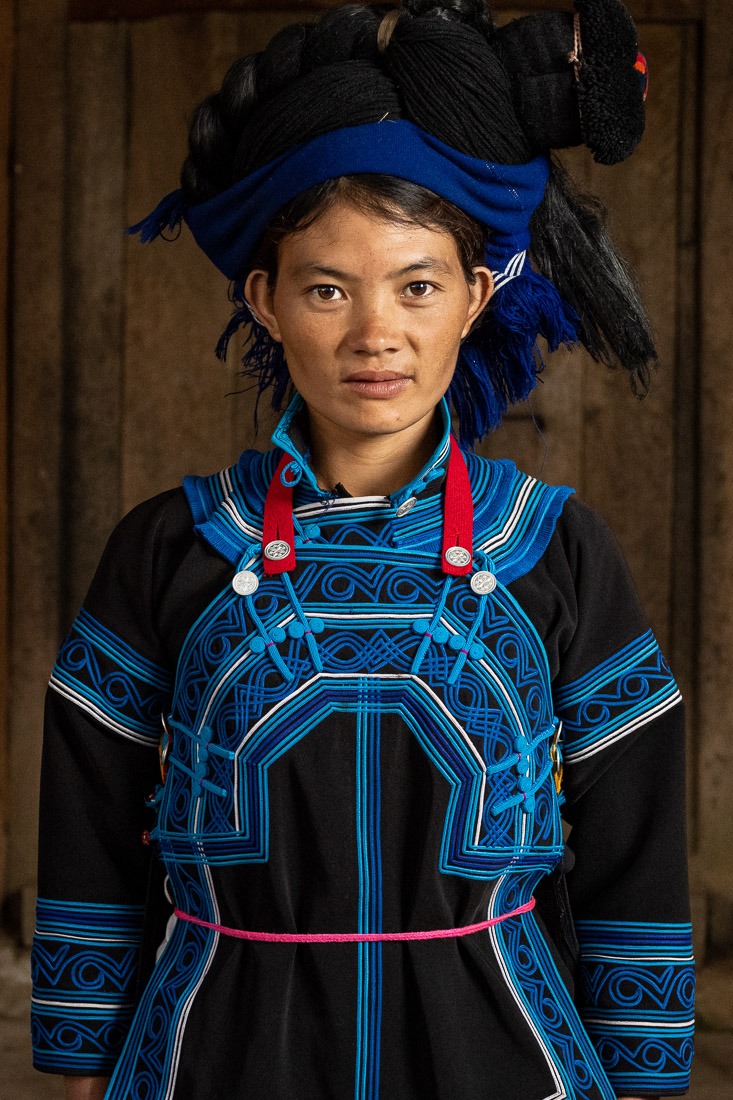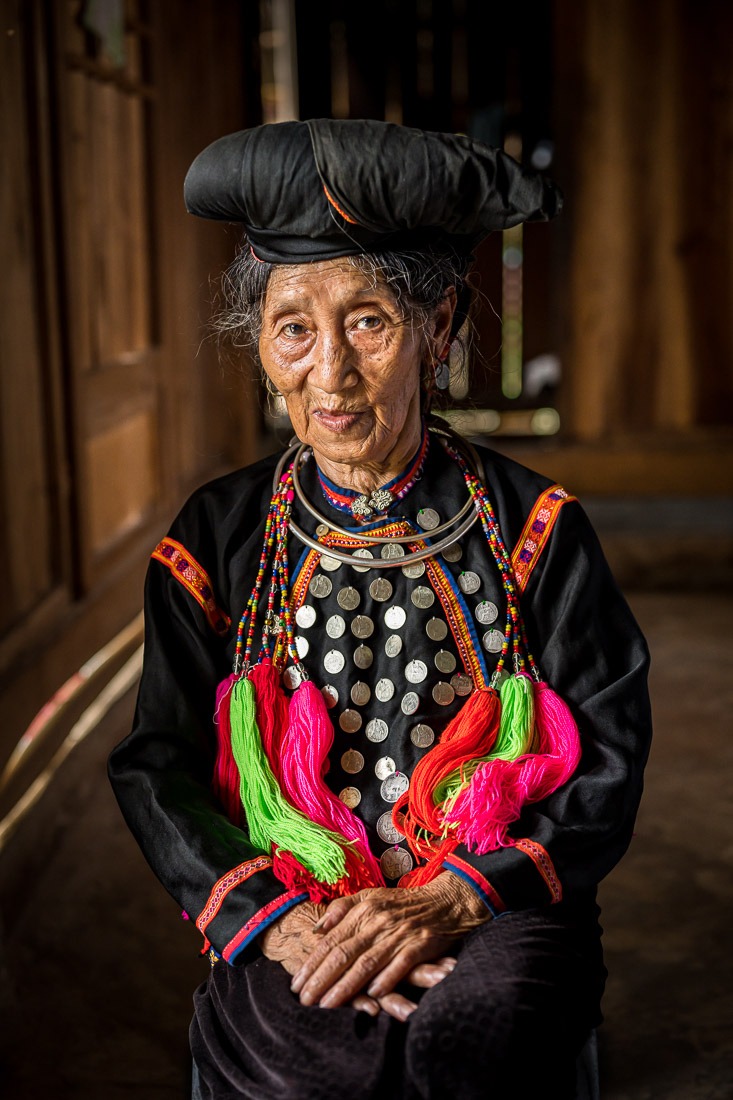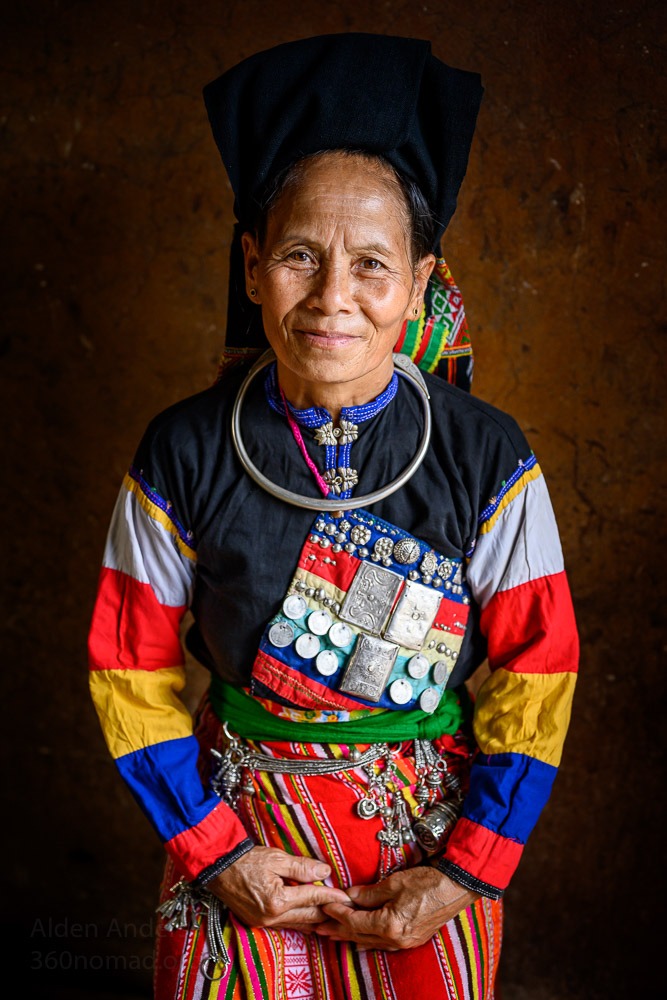21 Photos Reveal the Beauty and Rich Cultures of Vietnam’s Ethnic Minorities
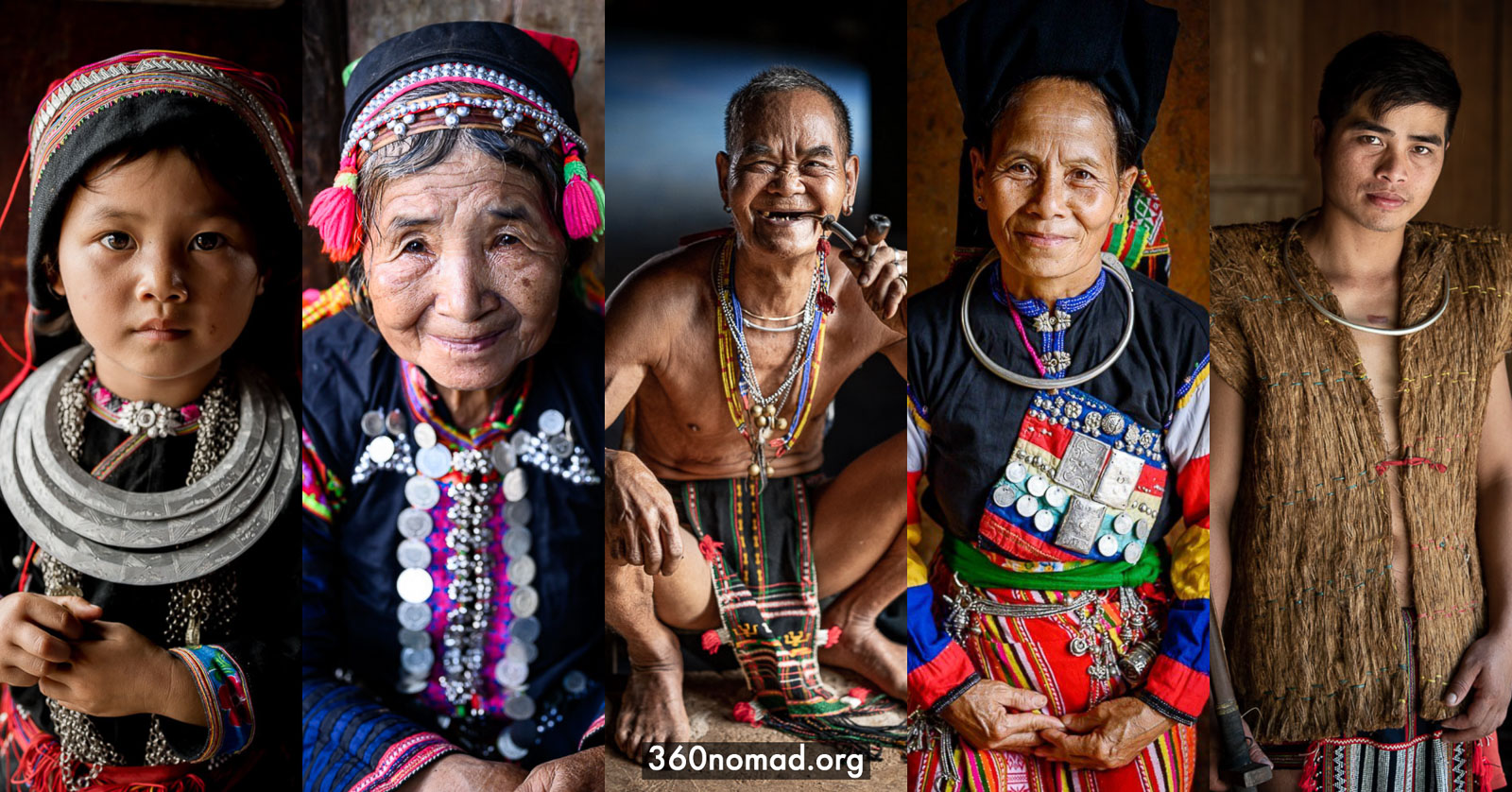
Dao Ethnic Group
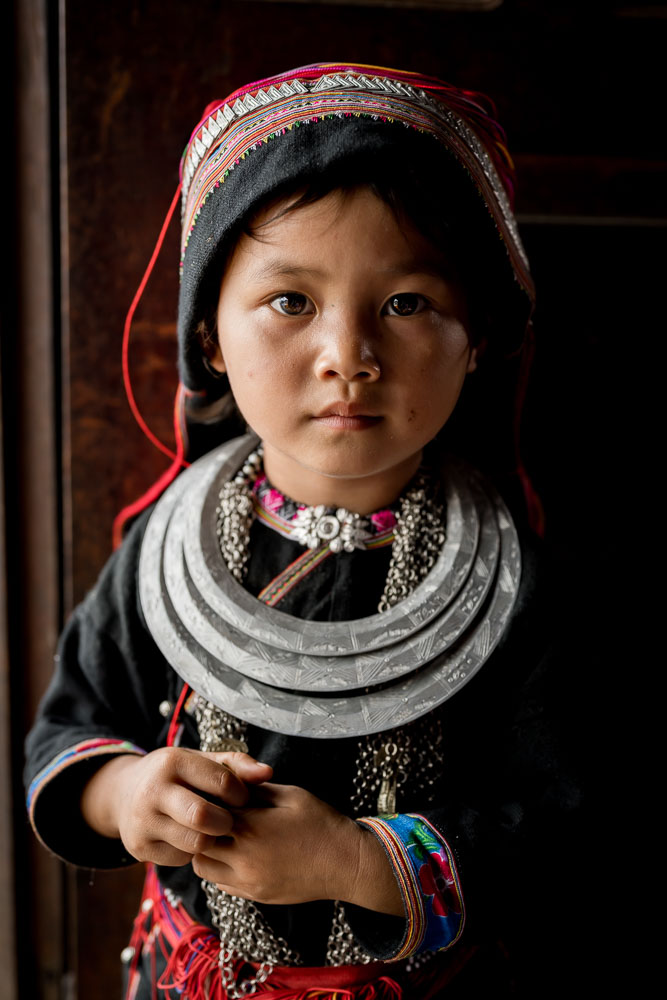
Qua, 3, Dao Cham (Dao Ao Dai) ethnic group. Ha Giang, (North) Vietnam
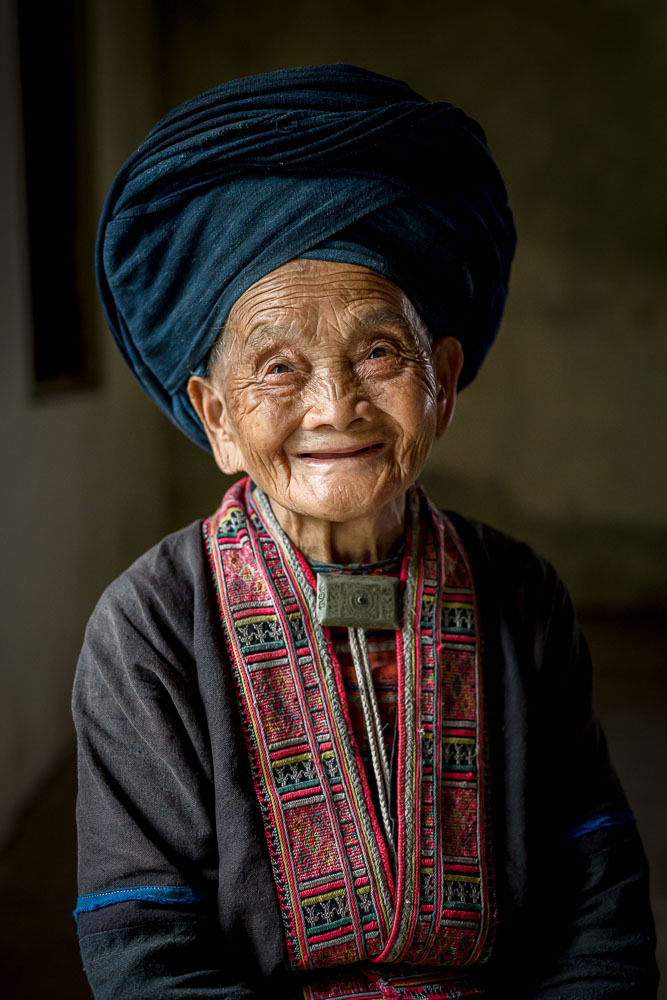
Quáy, 102, Red Dao Ethnic Group.
Ha Giang, (North) Vietnam
Ba Na Ethnic Group
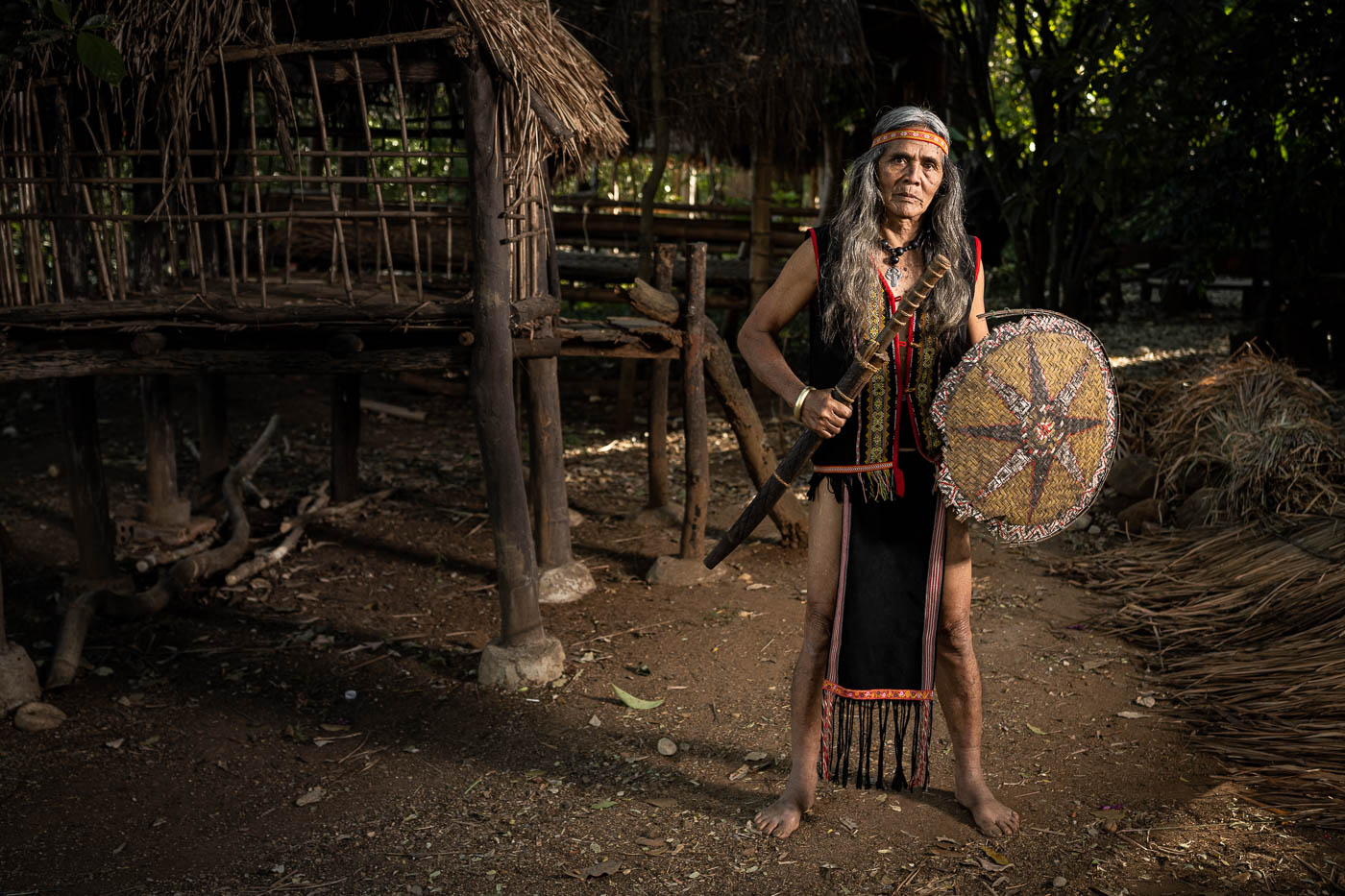
A Bui, 63, Bahnar (Ba Na) Ethnic Group. Kon Tum, (Central) Vietnam
Cong Ethnic Group
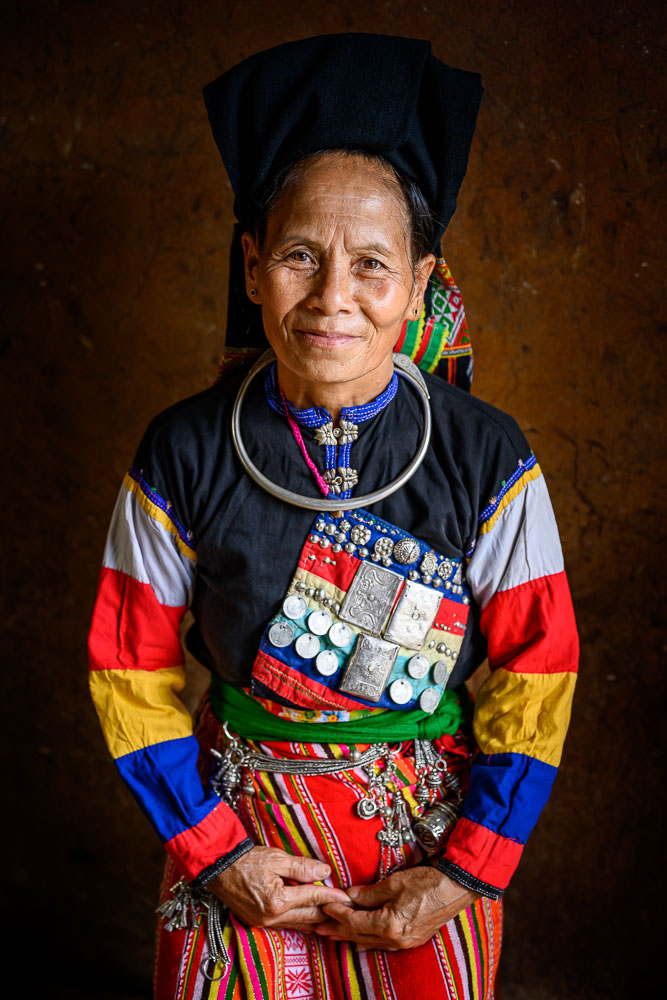
Bê, 62, Cống Ethnic Group. Lai Chau, (Northern) Vietnam
With 2,729 people in Vietnam, the Cong are the 7th smallest ethnic minority group in Vietnam. Their distinctive brightly covered traditional clothes for women are a patchwork of different fabrics, adorned with an abundance of silver jewelry indicative of their nomadic heritage.
La Hu Ethnic Group
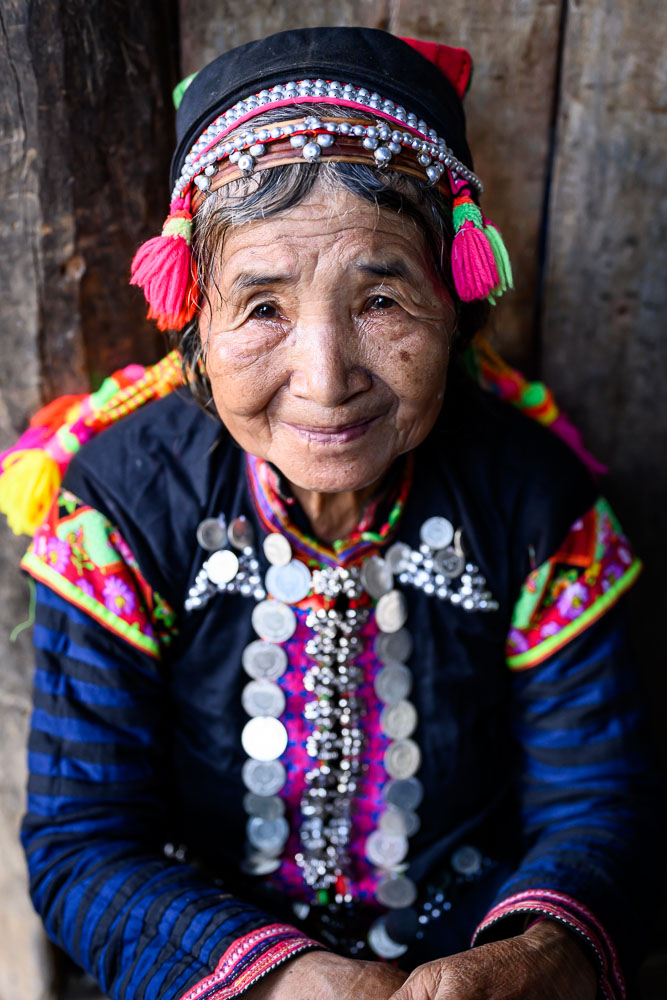
Nhung, 82, La Hủ ethnic group. Lai Chau, (Northern) Vietnam
The once nomadic La Hu ethnic group migrated to Vietnam from China in the 1800’s. Being nomadic wasn’t easy and at times they had to subsist on little more than roots gathered from the forest. The traditional clothes worn by the women of the La Hu can be recognized by their distinct colorful headdresses and banded sleeve tunics adorned with coins and jewelry in the front.
Lao Ethnic Group

Hac, Lao Ethnic Group. Lai Chau, (Northern) Vietnam
Ta Oi Ethnic Group
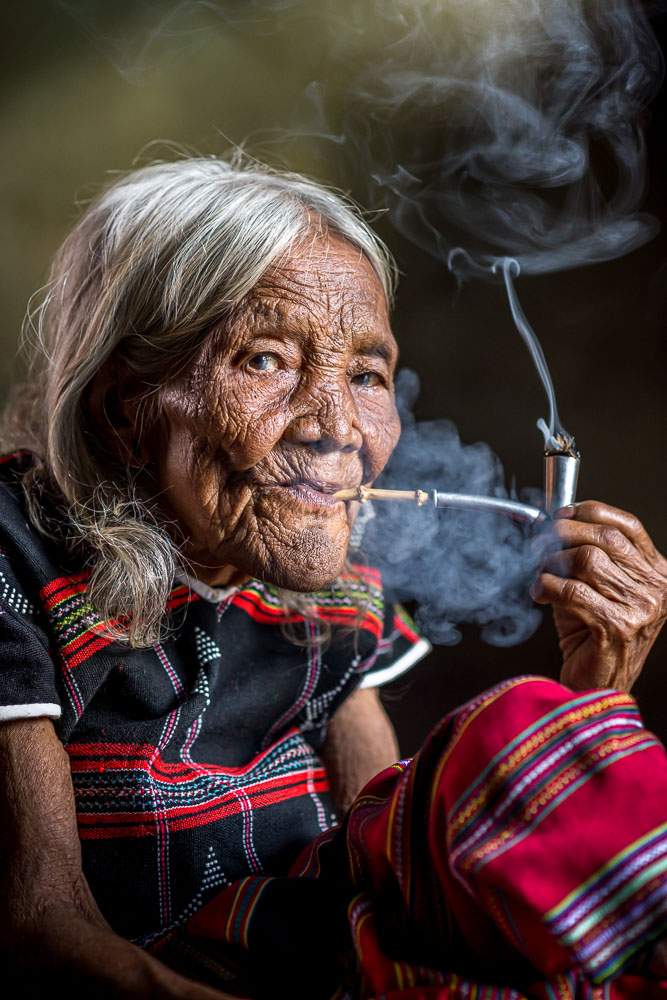
Kăn Prả,92, Ta Oi Ethnic Group. Hue, (Central) Vietnam
Cham Ethnic Group
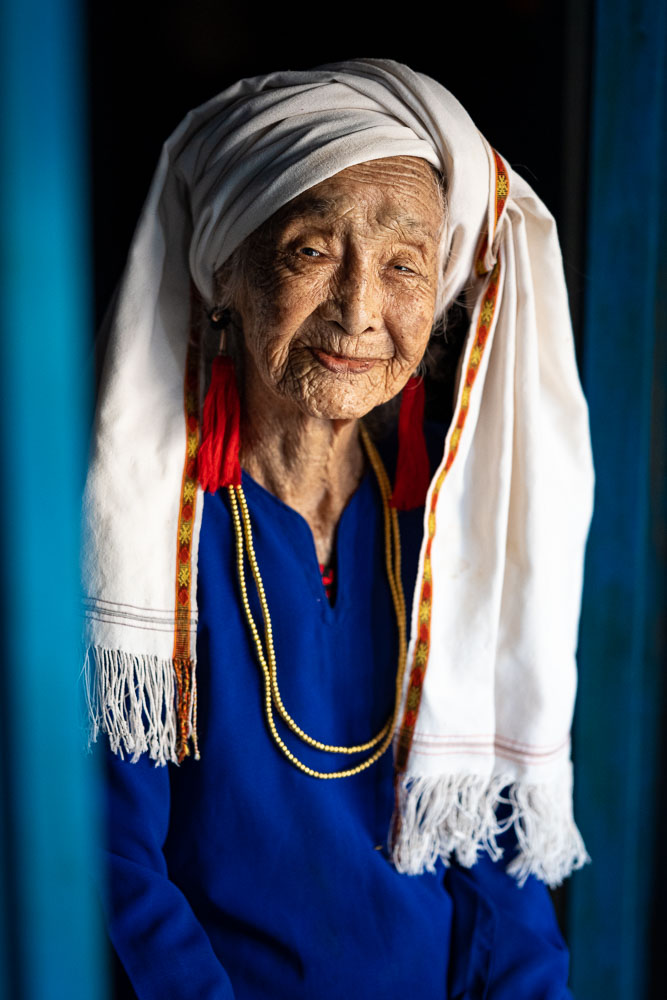
Sáu, 103, Cham Ethnic Group. Phan Rang, (Central) Vietnam
Beginning in the second Century AD and lasting over 1,500 years the Cham ruled a large part of Central and Southern Vietnam known as “Champa”. Remnants of this ancient kingdom can be found in brick temples across Central and Southern Vietnam. The Cham people retain a rich and diverse culture and have the distinction of being one of the few cultures who still make pottery by hand without a pottery wheel.
Ha Nhi Ethnic Group
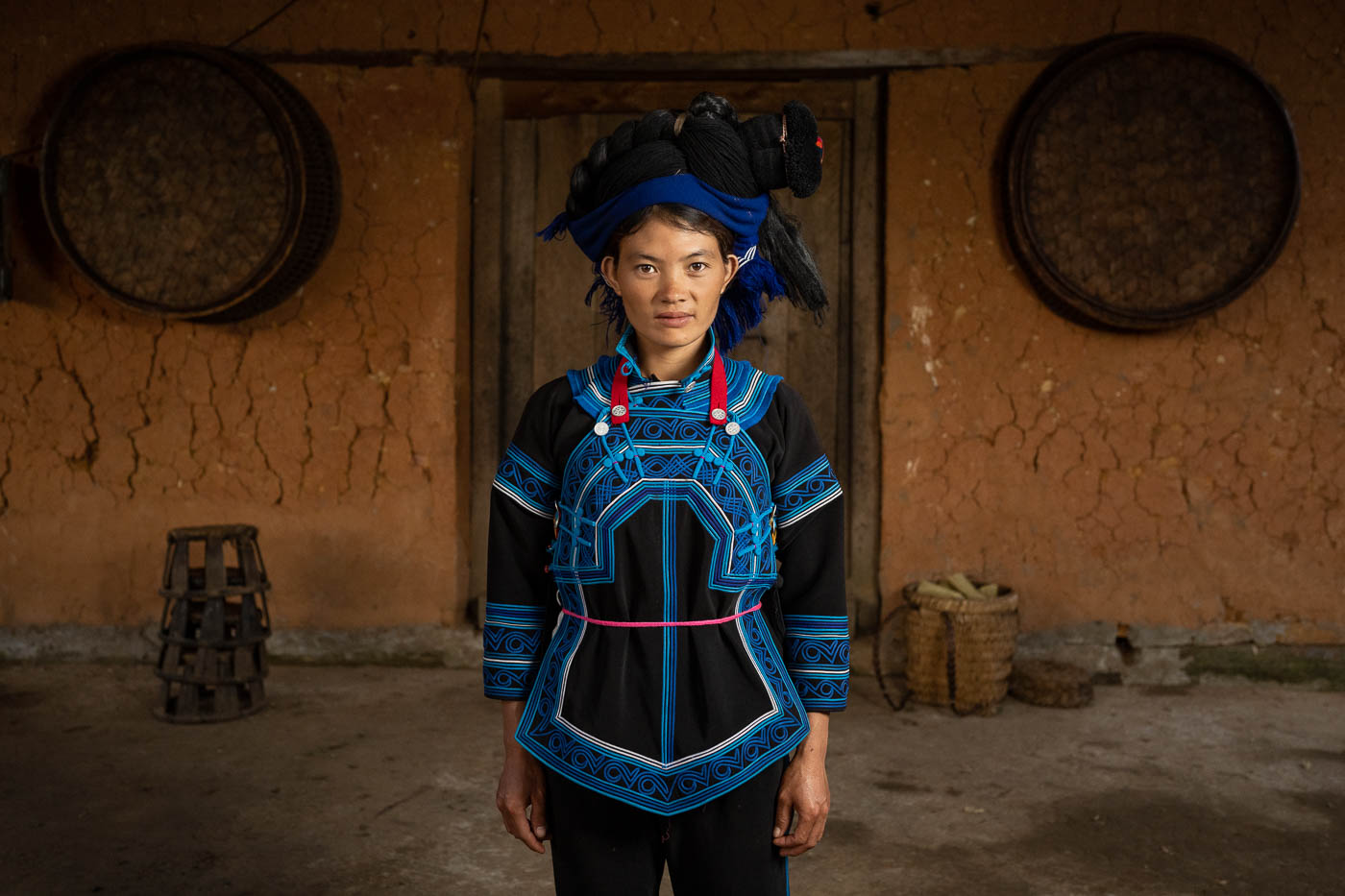
Trụ, Hà Nhì Ethnic Group. Lao Cai, (Northern) Vietnam
Phu La Ethnic Group
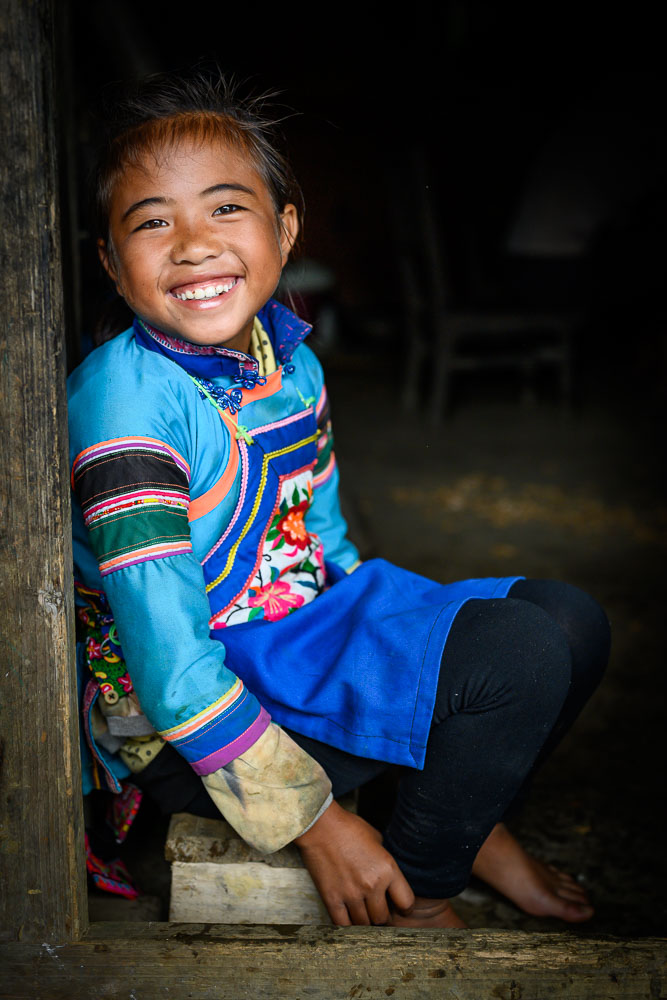
Cốc, 7, Phu La Ethnic Group. Northern Vietnam
The Phu La migrated to Vietnam many centuries ago. Though originally from bordering China, the Phu La in Vietnam now greatly outnumber their cousins across the border. They are one of the six Tibeto-Burman ethnic groups in Vietnam. The shared nomadic heritage of these ethnic groups is reflected in the various pieces of cloth and adornments in their traditional clothes.
Ma Ethnic Group
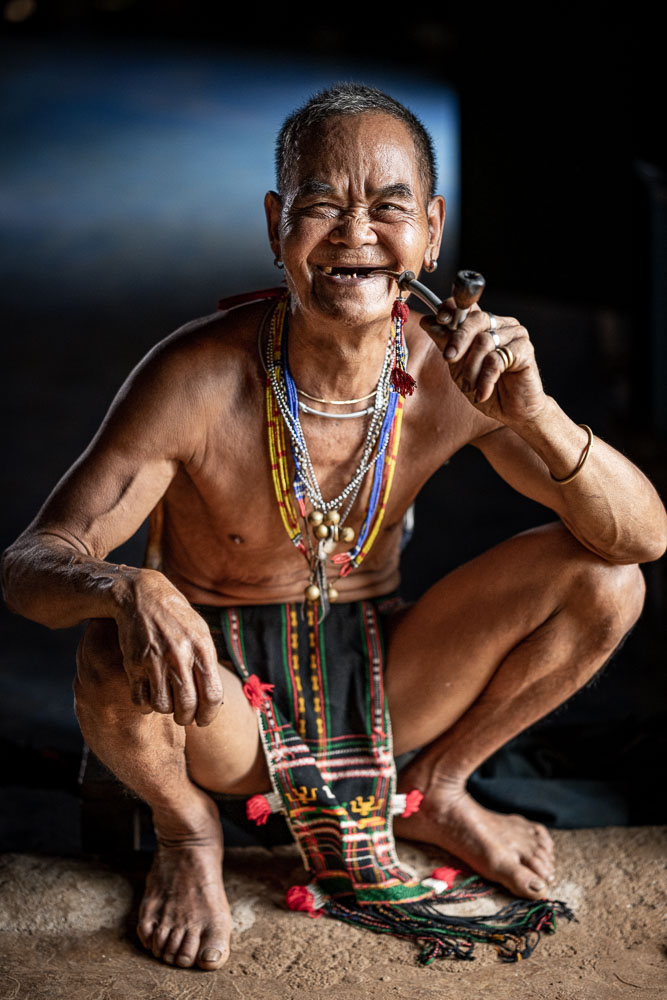
Brê, Ma Ethnic Group. Central Highlands, Vietnam
The Ma are one of the myriads of ethnic groups indigenous to the Central Highlands of Vietnam. These ethnic groups as a whole were named the “Montagnards” by the French which translates to “Mountain Dwellers” or “Mountain People”. Traditionally men wore loin clothes (pictured), a custom that has all but disappeared in the daily lives of the Ma.
Pu Peo Ethnic Group
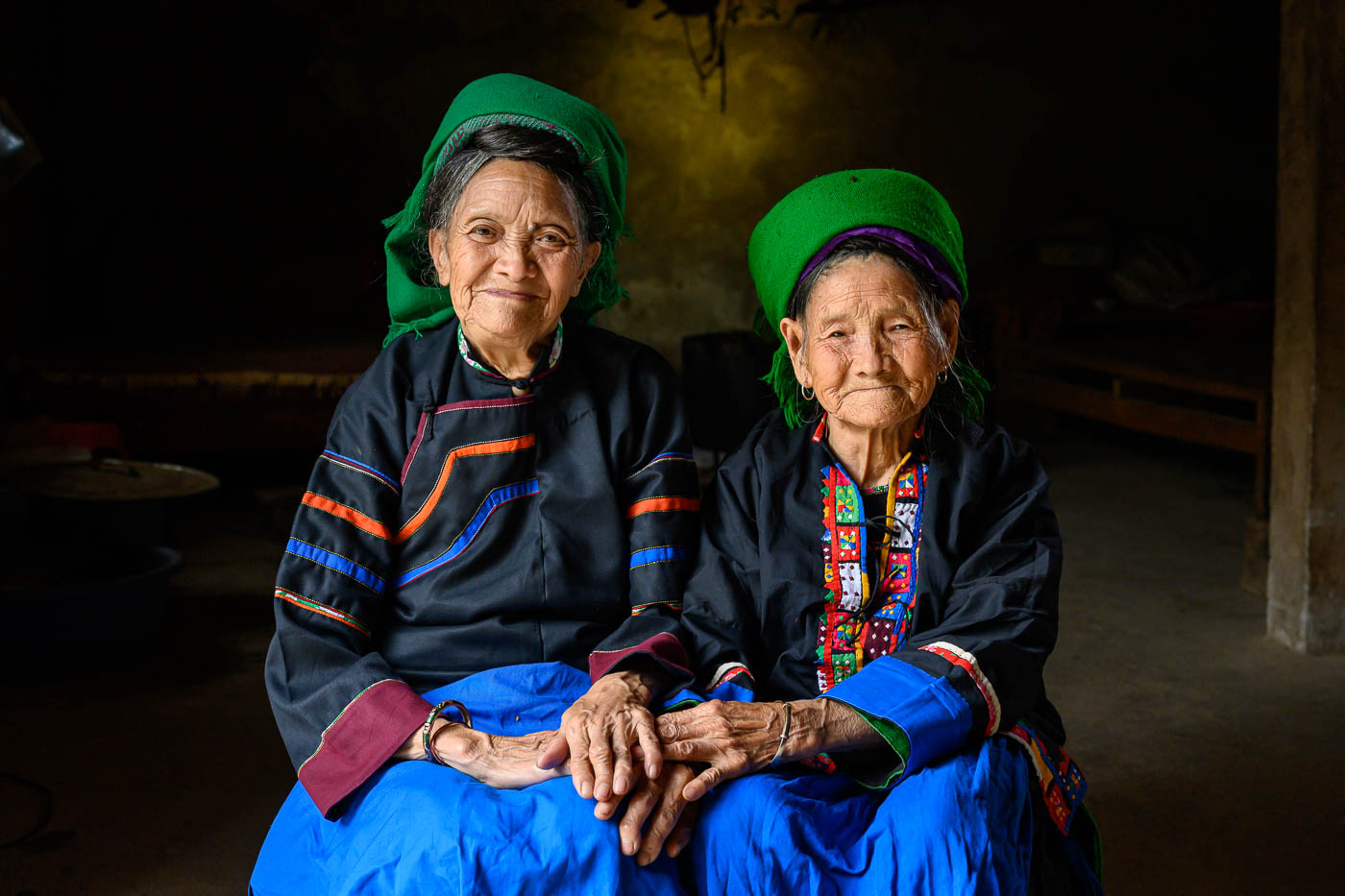
Nhiến, 80 & Là, 87, Pu Péo Ethnic Group. Ha Giang, (Northern) Vietnam
Brau Ethnic Group
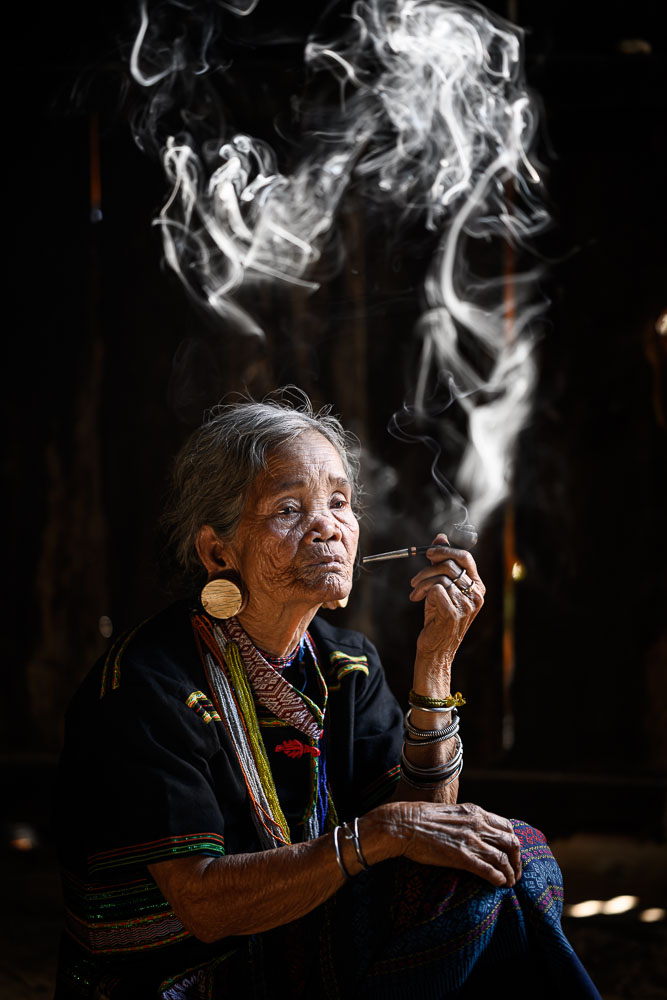
Pe, 90, Brâu Ethnic Group. Kon Tum, (Central) Vietnam
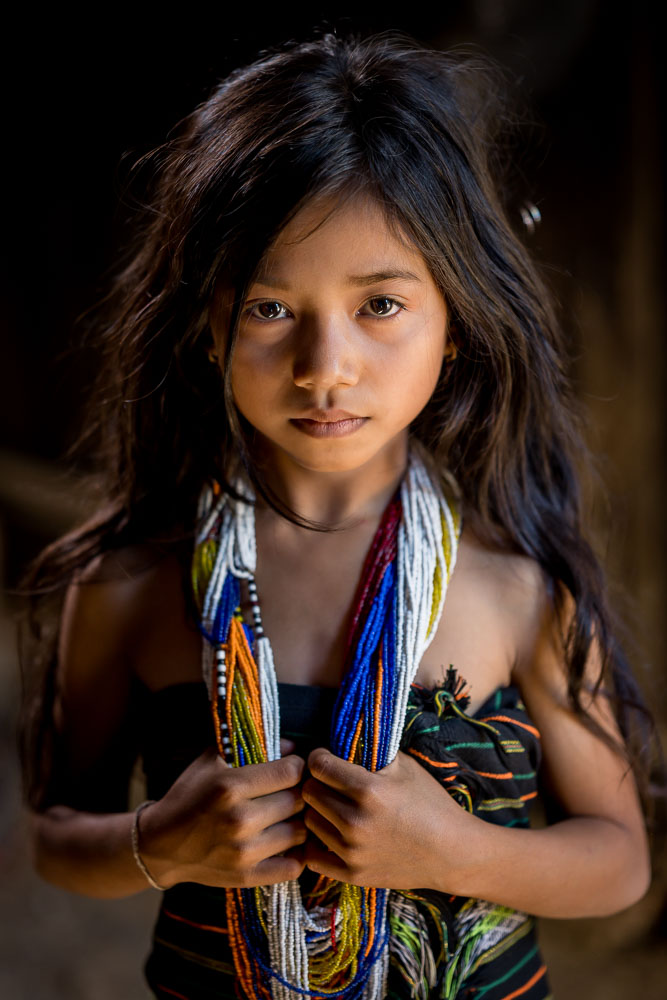
Y Scon, 8, Brâu Ethnic Group. Kon Tum, (Central) Vietnam
Pa Then Ethnic Group
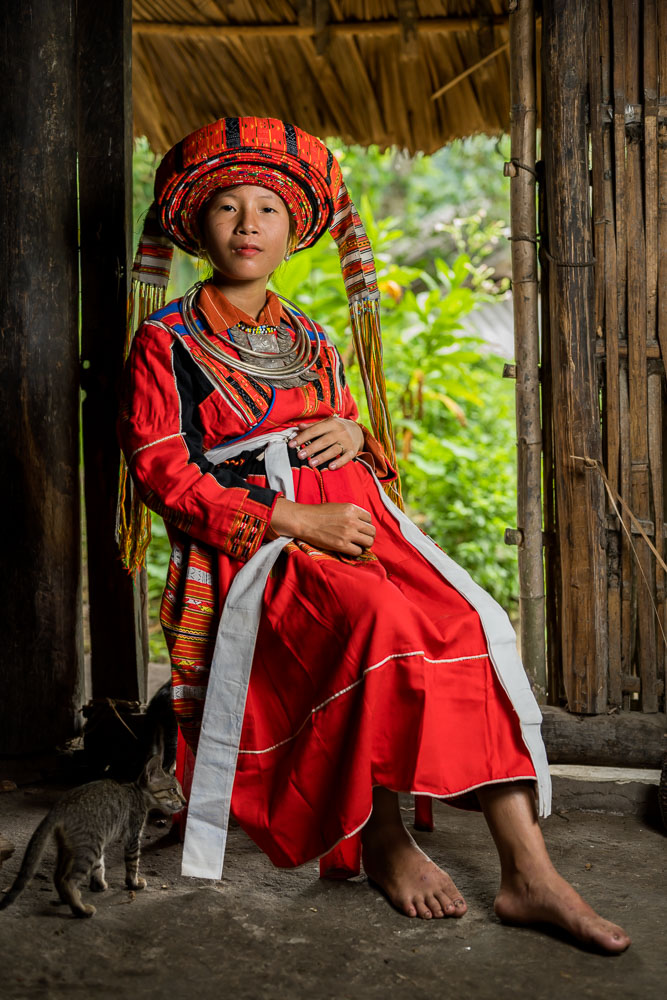
Trường, 21, Pa Then Ethnic Group. Ha Giang, (Northern) Vietnam
One of the most striking features of the Pa Then traditional clothing is their unique headdress worn by Pa Then women. A long, thin, intricately handwoven cloth that is tightly wrapped around a woman’s head. The Pa Then are well known for their fire dancing festival. With very specific rituals a Pa Then Shaman will invoke spirits that enable a participant to walk across glowing hot coals.
Xa Phang Ethnic Group
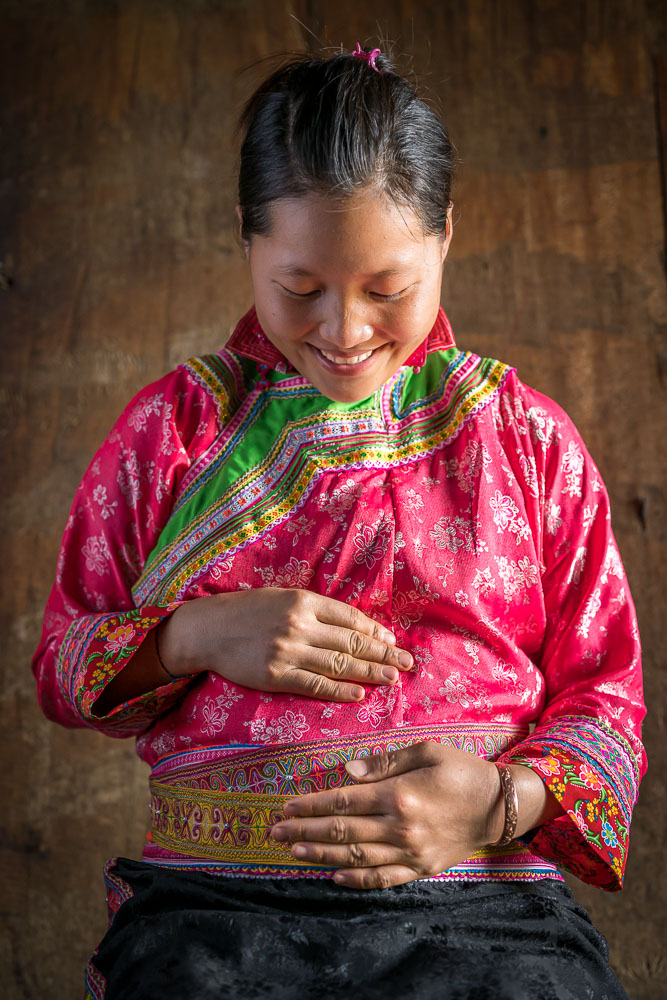
While considered part of the much larger Hoa (Chinese) ethnic minority group in Vietnam the Xa Phang have a very rich culture of their own which includes making their traditional clothes by hand. When we visited their village, each person we spoke to had their traditional clothes (including shoes), even the youngest children! The traditions of making clothes are passed down through each generation.
Ra Glai Ethnic Group
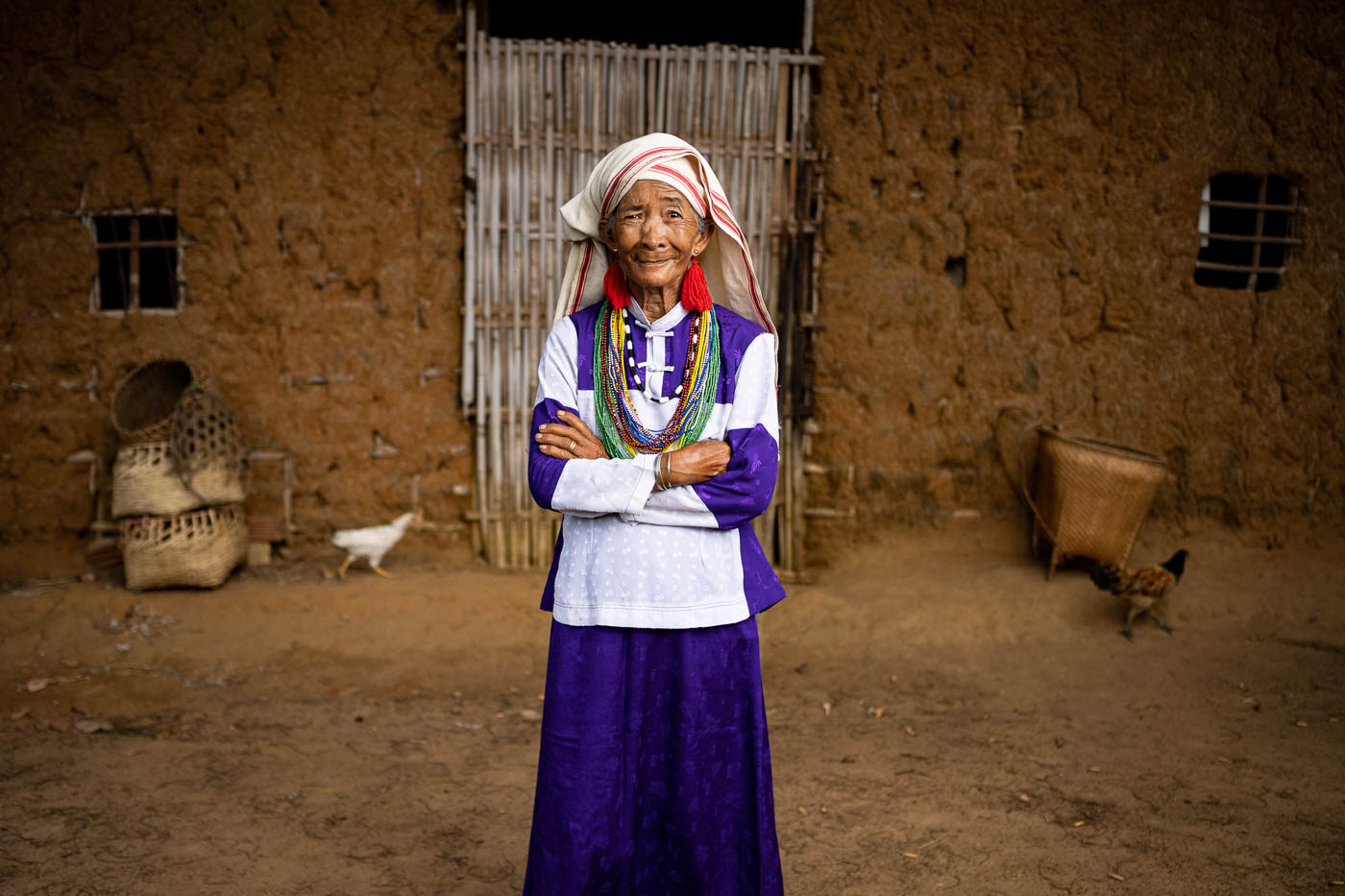
Xrim, 93, Raglai Ethnic Group. Ninh Thuan, (Central) Vietnam
Co Tu Ethnic Group
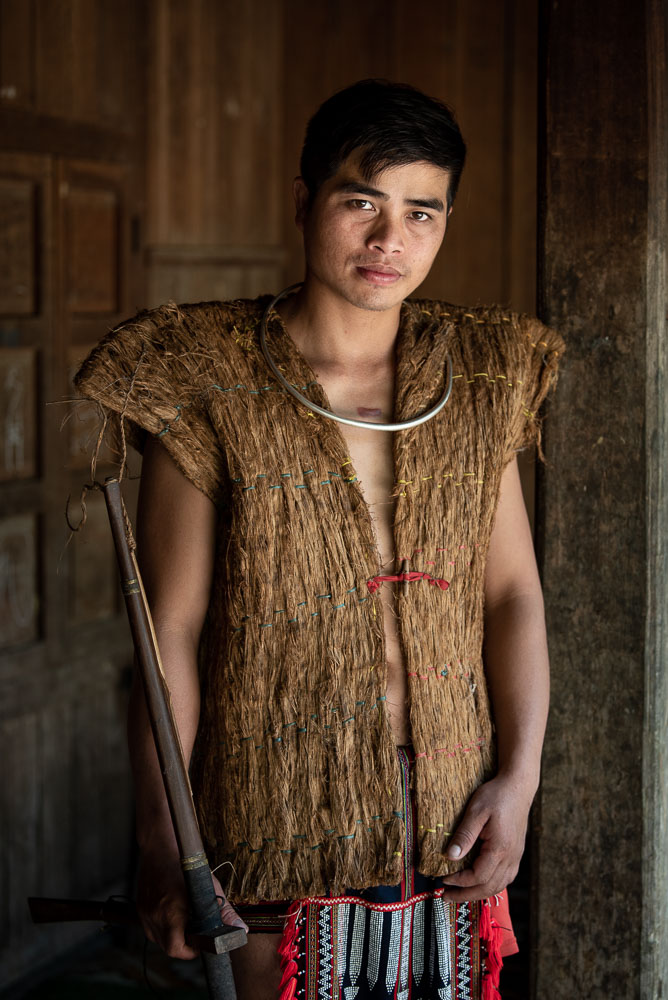
Co Tu Ethnic Group. Quang Nam, (Central) Vietnam
Traditionally CoTu men wore a loincloth while in colder weather they could wear a special shirt made from the bark of a tree. Making a tree bark shirt is a process that has almost completely disappeared probably due to the amount of work it requires and the relative ease in obtaining more “modern” textiles. However, they do still continue the tradition of weaving fabric by hand on looms much like their highland neighbors the Ta Oi.
Khmer Ethnic Group
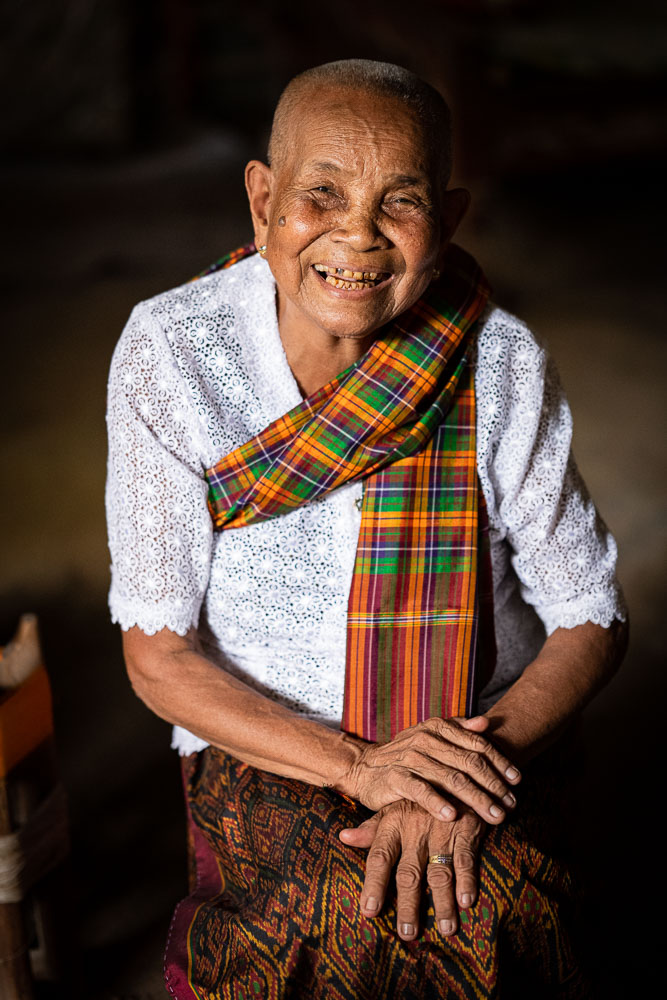
Khmer Ethnic Group. An Giang, (South) Vietnam
The Khmer in Vietnam are concentrated in the South near bordering Cambodia. They still continue their tradition of weaving silk cloth by hand in beautiful intricate patterns. The Khmer have close ties with the Khmer in Cambodia, sharing language, culture and customs. With over 1.3 million Khmer in Vietnam, they are the 5th largest ethnic minority group in the country.
Xo Dang Ethnic Group
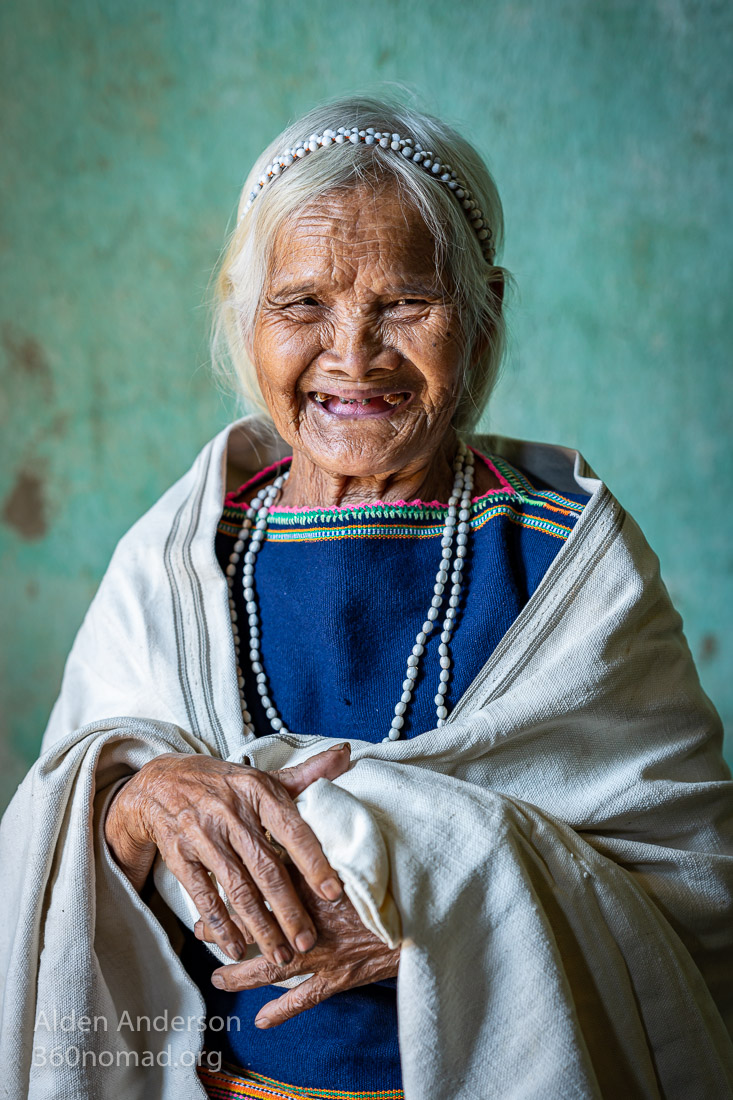
Yem, 108, Xo Dang Ethnic Group. Kon Tum, (Central) Vietnam
Cho Ro Ethnic Group
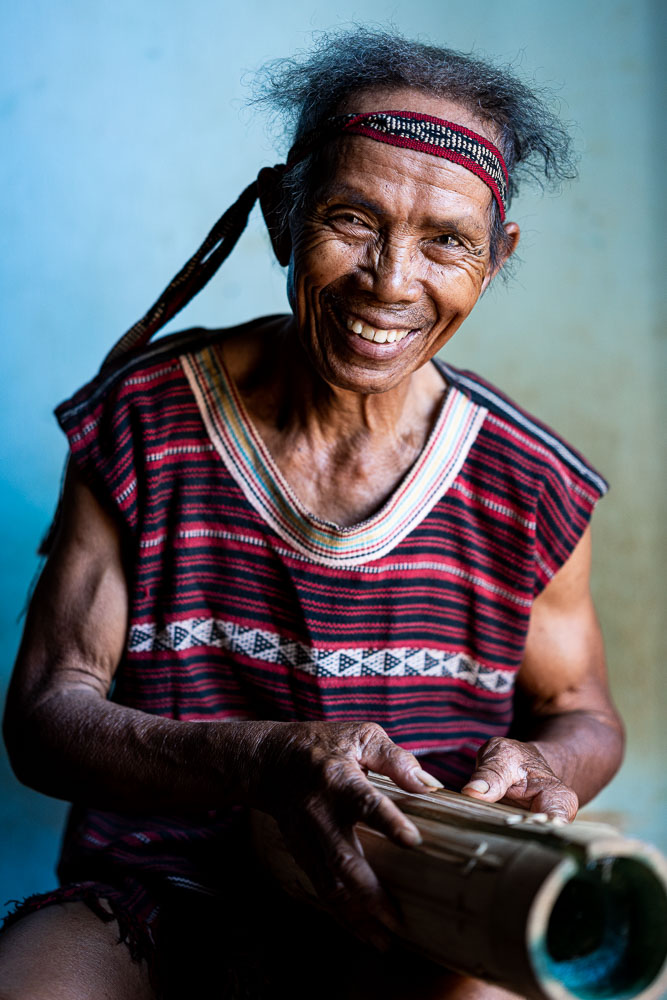
Liệt, 78, Cho Ro Ethnic Group. Đồng Nai, (South) Vietnam
The Cho Ro are indegenous to the Central Highlands of Vietnam. They still continue their musical traditions including brass gongs. Liệt (pictured) plays a traditional musical instrument constructed of bamboo and metal strings. His clothes are hand woven in the traditional pattern on the Cho Ro. These paterns symbolize different animals of the forest, revealing the Cho Ro’s close relationship with the natural world.
Discover more stories from ‘Vietnam The People’
